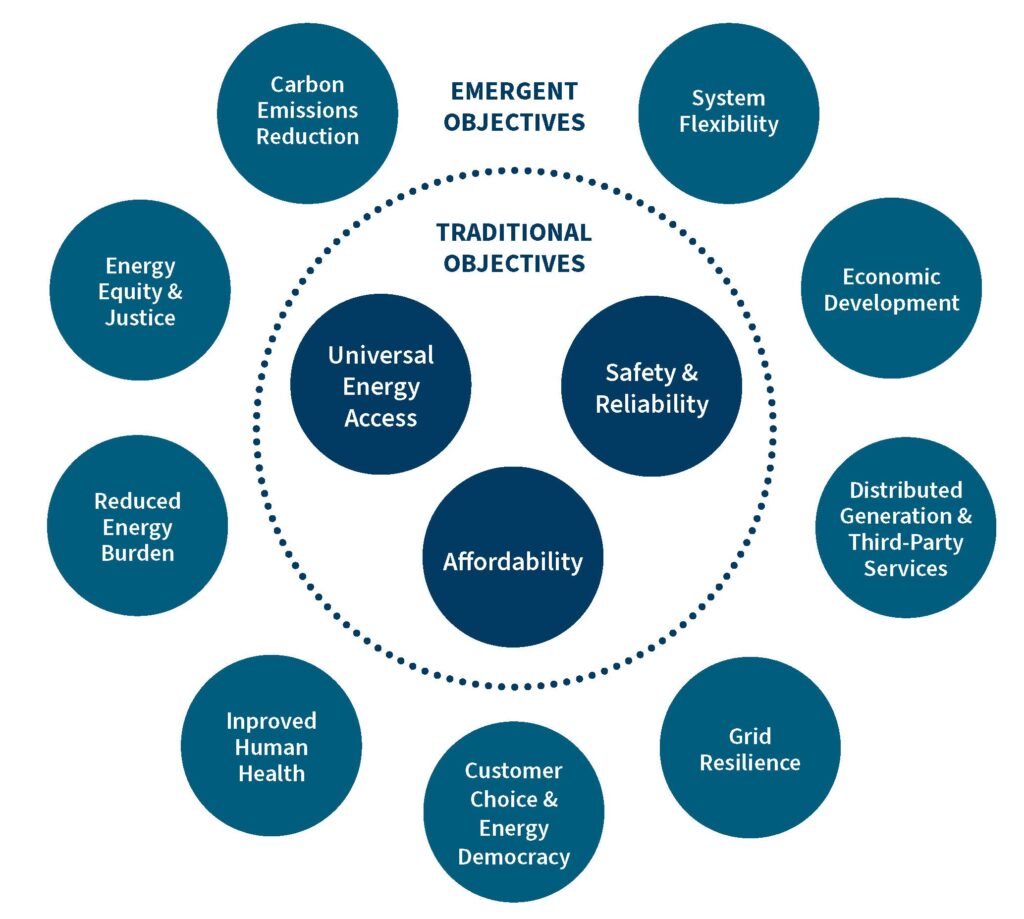
Report | 2024
The Nuts and Bolts of Performance-Based Regulation
Tools to Build a More Affordable, Reliable, and Clean Grid
Most states still use a utility regulatory framework designed for the early 20th century when the grid was built to accommodate large, centralized fossil fuel power plants, then the state of the art. However, in this century, the proliferation of renewable and distributed energy resources, increases in end-use electrification, and mounting affordability issues are challenging the traditional regulatory model.
Performance-based regulation (PBR) is a regulatory approach that can help incentivize utilities to contain costs, develop innovative customer programs, and achieve desired policy outcomes such as reduced greenhouse gas emissions, increased demand flexibility, and greater social equity. This introductory guide explains how PBR can be used to address pressing problems, the advantages and disadvantages of different PBR tools, and related regulatory reforms. It also provides real-world examples, important considerations for PBR process design, and additional resources. It is ideal for newcomers to PBR or anybody looking for a refresher on PBR concepts.
If you have any questions about PBR or would like further support, feel free to reach out to RMI at electricity-contact@rmi.org.

